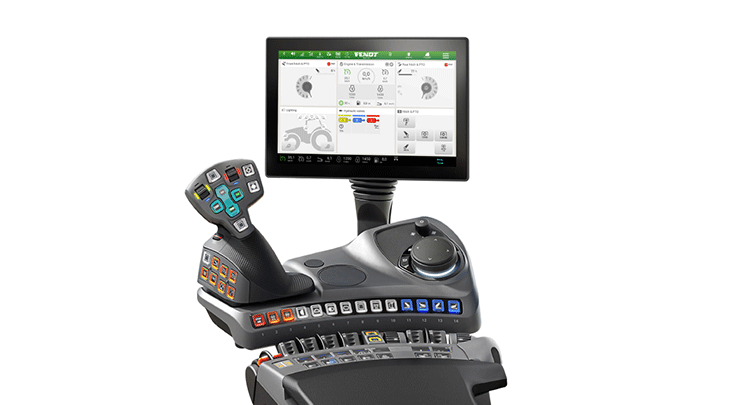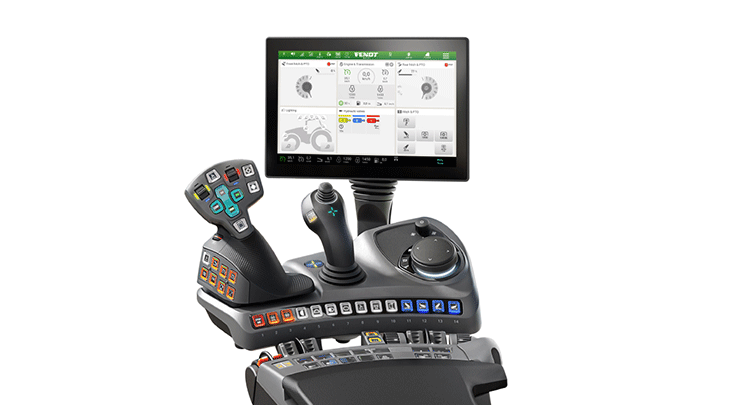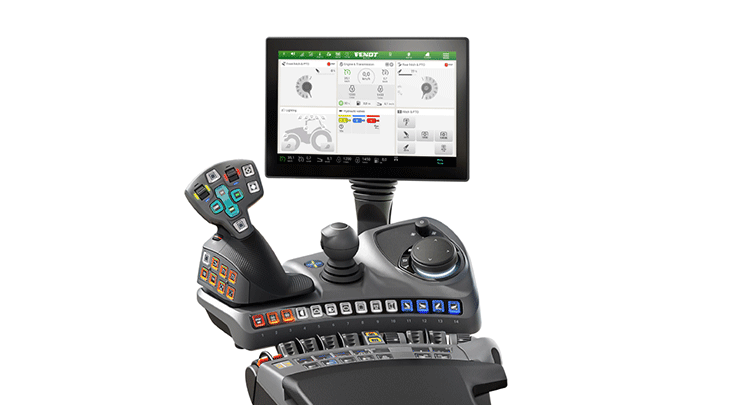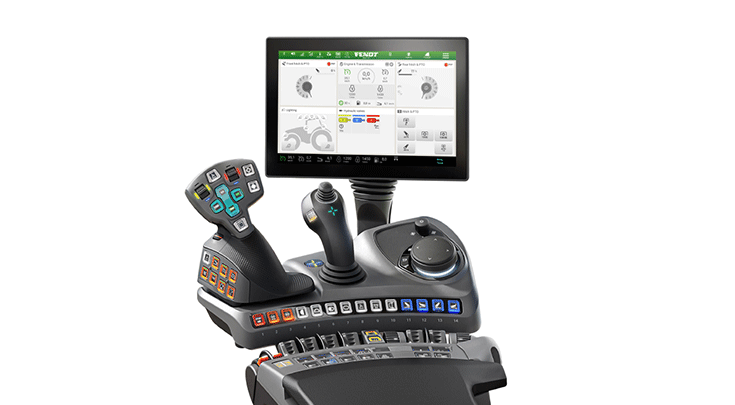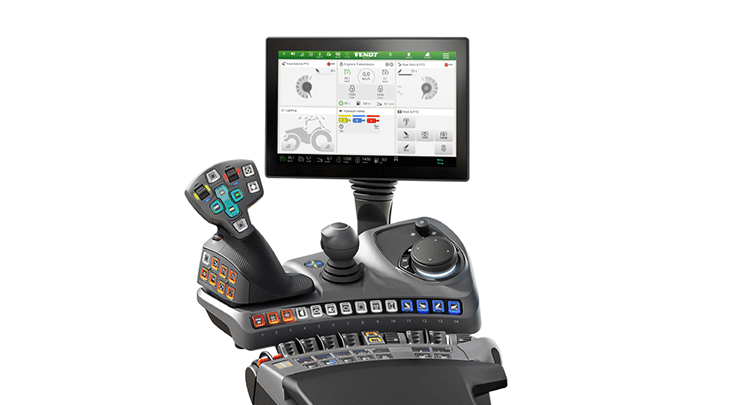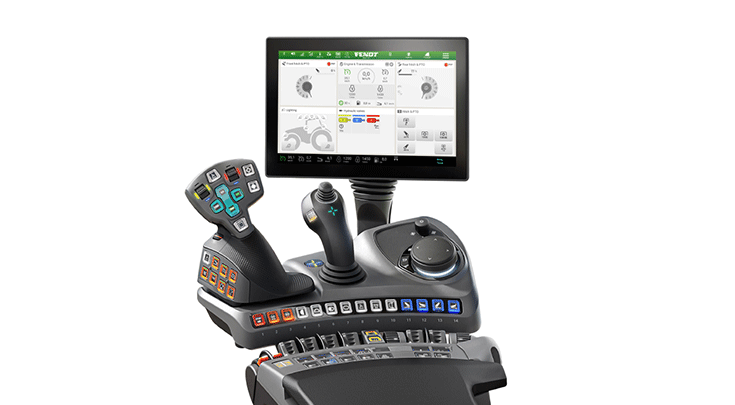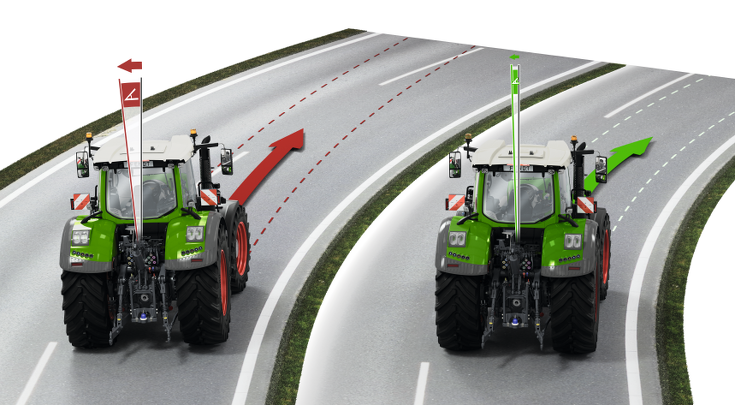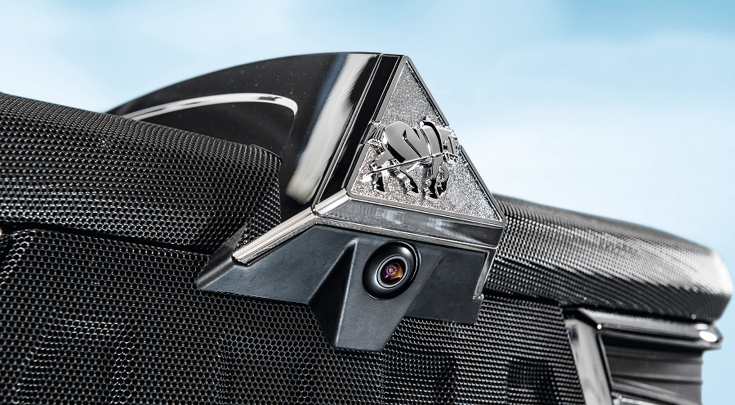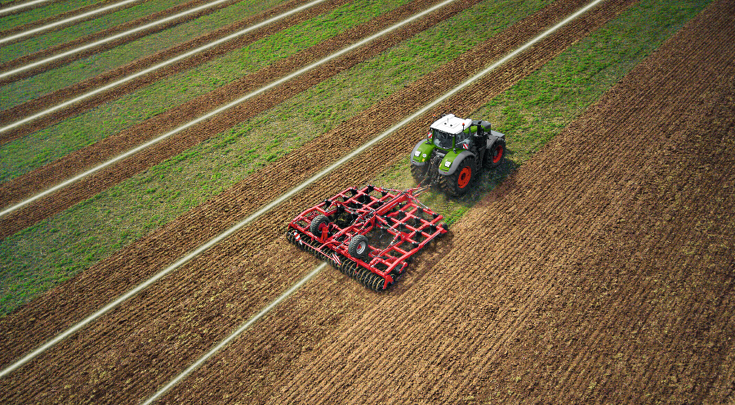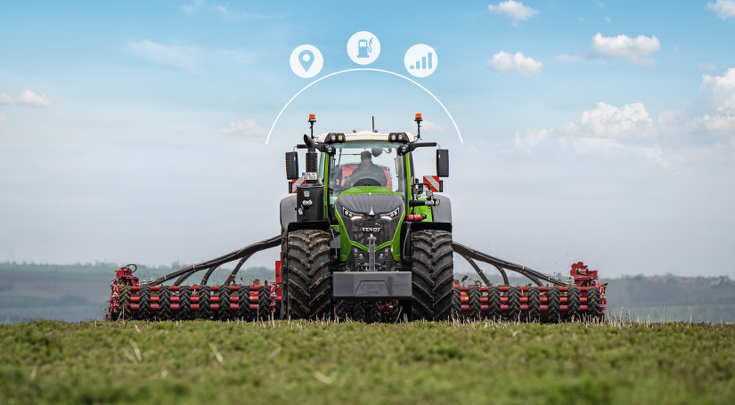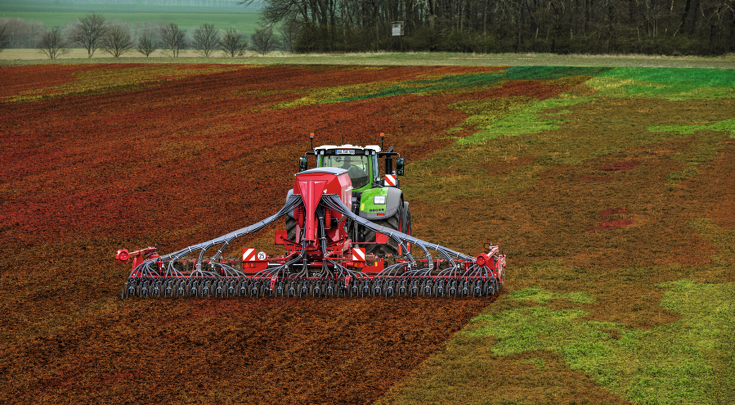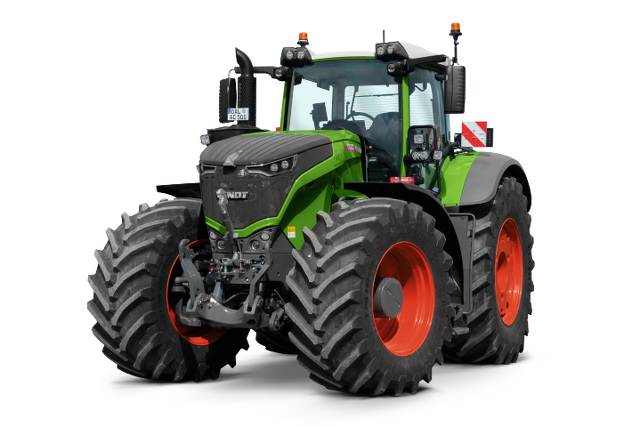Because success requires both: Horsepower and Data-power.

AGCO’s unique offering of a 5-year or 5000-hour warranty on all FENDT tractors provides significant benefits to farmers. This warranty not only assures the quality and reliability of the FENDT tractors but also delivers peace of mind, financial security, and potential resale and trade-in value advantages.
- Fully backed OEM manufacturer’s warranty
- Longest cover on the market for tractors
- The most comprehensive cover and policy period in the industry
- Covered by AGCO OEM parts
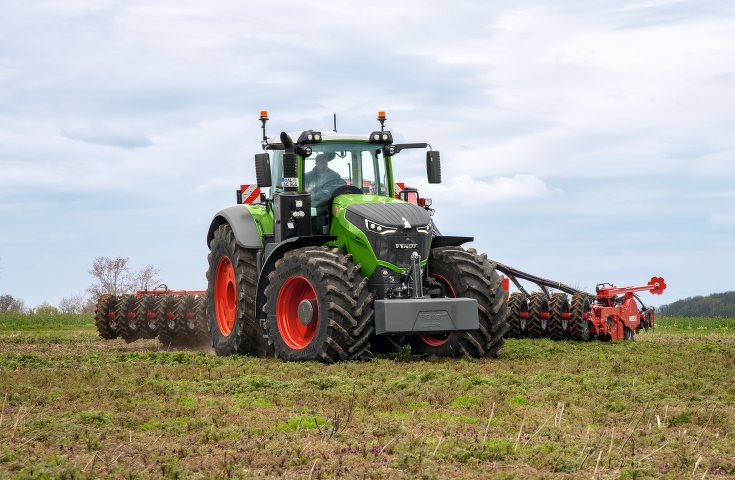
Tractive power combined with intelligence - with up to 517 hp, the Fendt 1000 Vario is a true powerhouse. Thanks to the uniform FendtONE operating system, handling on the Fendt 1000 Vario is intuitive and management from the office has never been easier. This saves time, money and nerves.
| kW | HP | |
| 1038 Vario | 291 | 396 |
| 1042 Vario | 320 | 435 |
| 1046 Vario | 350 | 476 |
| 1050 Vario | 380 | 517 |
Rated power ECE R 120
Special. Better. Fendt 1000 Vario Spotlights.
Here you will find the special Fendt solutions, the Fendt Spotlights, which make the difference and simply make your work better every day.
Show more details
Fendt Stability Control
Intelligent VarioDrive
Integrated VarioGrip tyre pressure control system
Two hydraulic pumps
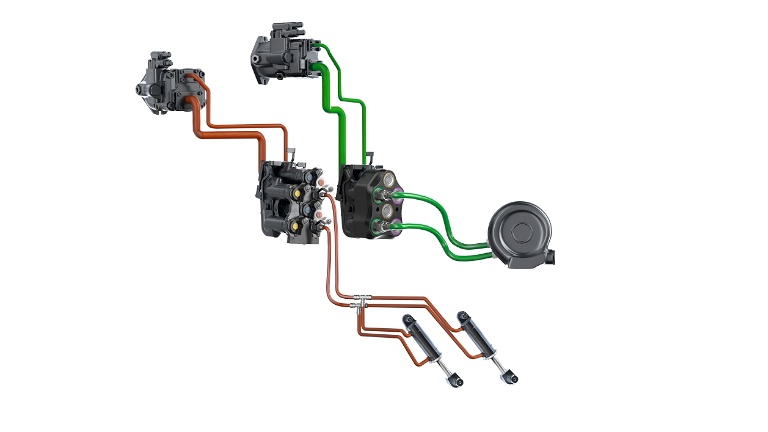
Two hydraulic pumps with a flow rate of 430 l/min: Supply of two consumers with different pressure and oil flow rates possible.
Reverse drive
- Extends the range of applications
- Quick 180° rotation of the entire operator's platform thanks to pneumatically assisted turning device
- Optimum view of implements at the rear
- Quick 180° rotation of the entire operator's platform thanks to pneumatically assisted turning device
- Optimum view of implements at the rear
FendtONE platform
Seamless connection between machine and office.
Smart Farming Solutions
Bonnet camera
Self-cleaning air filter
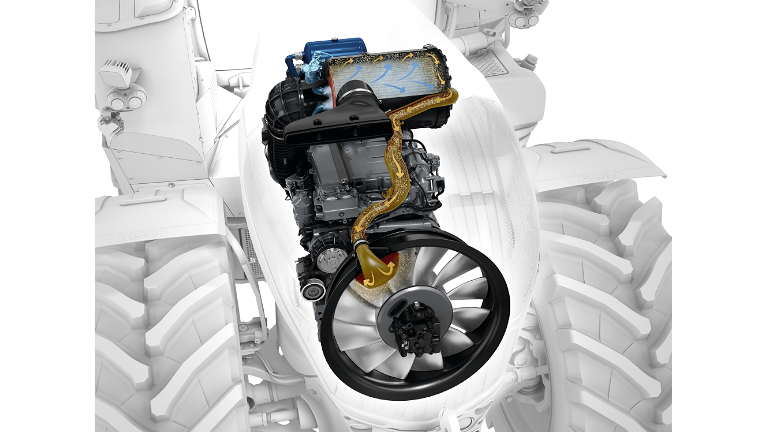
Fendt iD low-speed concept
FendtONE: Intuitive operation and unique connection between machine and office.
The new FendtONE driver's workplace (onboard) for more functionality, customisation and ergonomics.With FendtONE offboard, planning and administrative functions (team, machine, field and job management) can be carried out from anywhere.

3L joystick with reverse button
Colour coding of the different function groups, also for function reassignment
Up to three displays available: 10" dashboard, 12" terminal on the armrest, 12" terminal retractable into the cab roof
Flexible key assignment via the Individual Operation Manager (IOM)
New armrest with Fendt-known elements
Three equipment variants for more individualisation:
Power+, Profi and Profi+.
In order to design the workstation in the best possible way according to your requirements, you can choose between three equipment variants: Power+, Profi, Profi+.
In each case, you can choose between Setting 1 or Setting 2:
In each case, you can choose between Setting 1 or Setting 2:
*All illustrations show standard equipment and optionally available front linkage
More efficiency - Performance combined with economy.
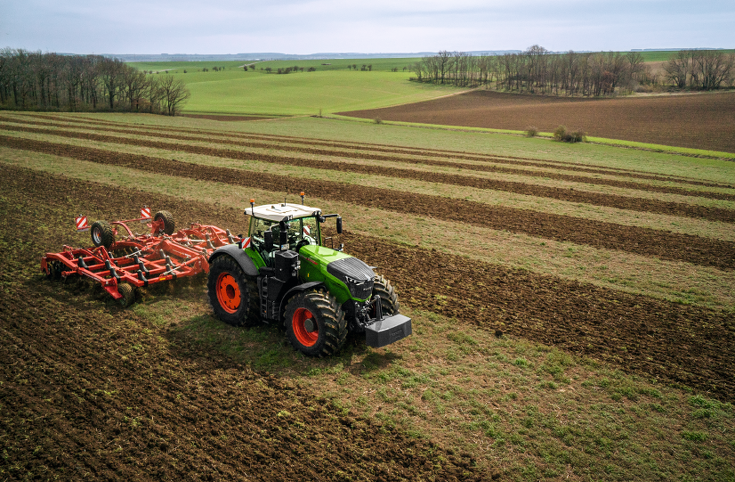
Fendt iD low-speed concept
- Perfect combination of all vehicle components such as engine, transmission, fan and hydraulics and all auxiliary consumers to ideal engine speeds
- Reach the highest torque even at low engine speeds
- Permanently low fuel consumption
- Extended service life
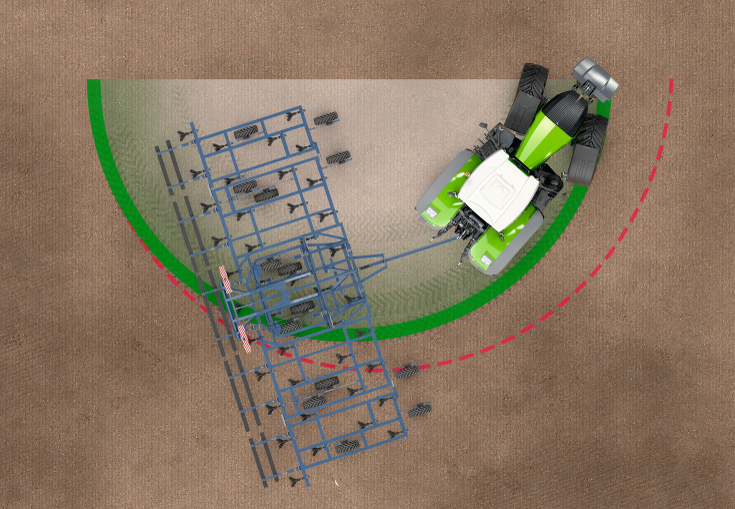
Intelligent VarioDrive
- Independent drive of front and rear axle
- No manual all-wheel drive necessary
- Optimum engine/transmission matching in conjunction with Fendt iD low-speed concept
- Smallest possible turning circle due to pull-in turn effect
- No need to change driving ranges
- Transmission oil change every 2,000 operating hours
- No special oil necessary
Self-cleaning air filter
- Air filter is blown out during work by means of short air blasts
- Reduced maintenance effort
More grip - Unrestricted traction.
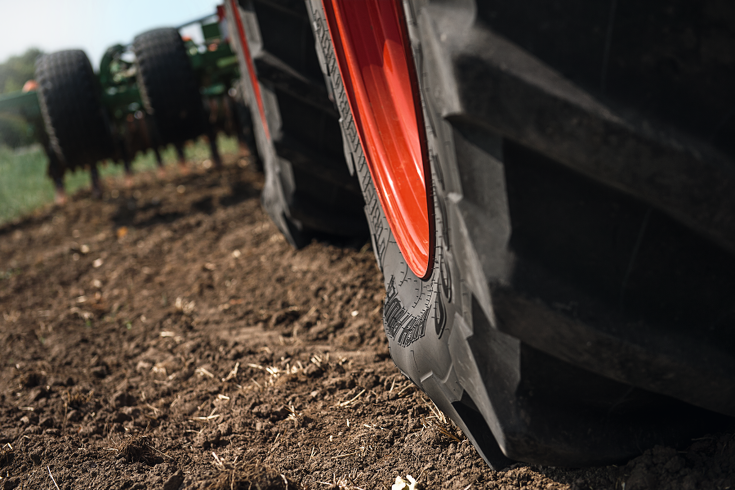
Integrated tyre pressure control system VarioGrip
- Fully integrated tyre pressure control system with on-board valve and air guide technology
- No risk of air lines being torn off thanks to protected design
- Simple operation via the terminal
Ready for the future. With smart solutions from Fendt.
Smart Farming Modules - individually selectable
- Four modules from which to choose as required
- Each module consists of a basic package with all necessary start-up applications
- Can be extended as required with options: Fendt Contour Assistant, Fendt TI Headland, Fendt Section Control, Fendt Variable Rate Control and many more
- Regular software updates to keep you up to date with the latest technology
Extended range of functions for Fendt Section Control and Fendt Variable Rate Control
- Automatic section control for up to five implements or application units simultaneously, support for up to 144 sections
- Variable control of the application rate per part-width section (zone) when the implement is suitably equipped, support for up to 144 zones


